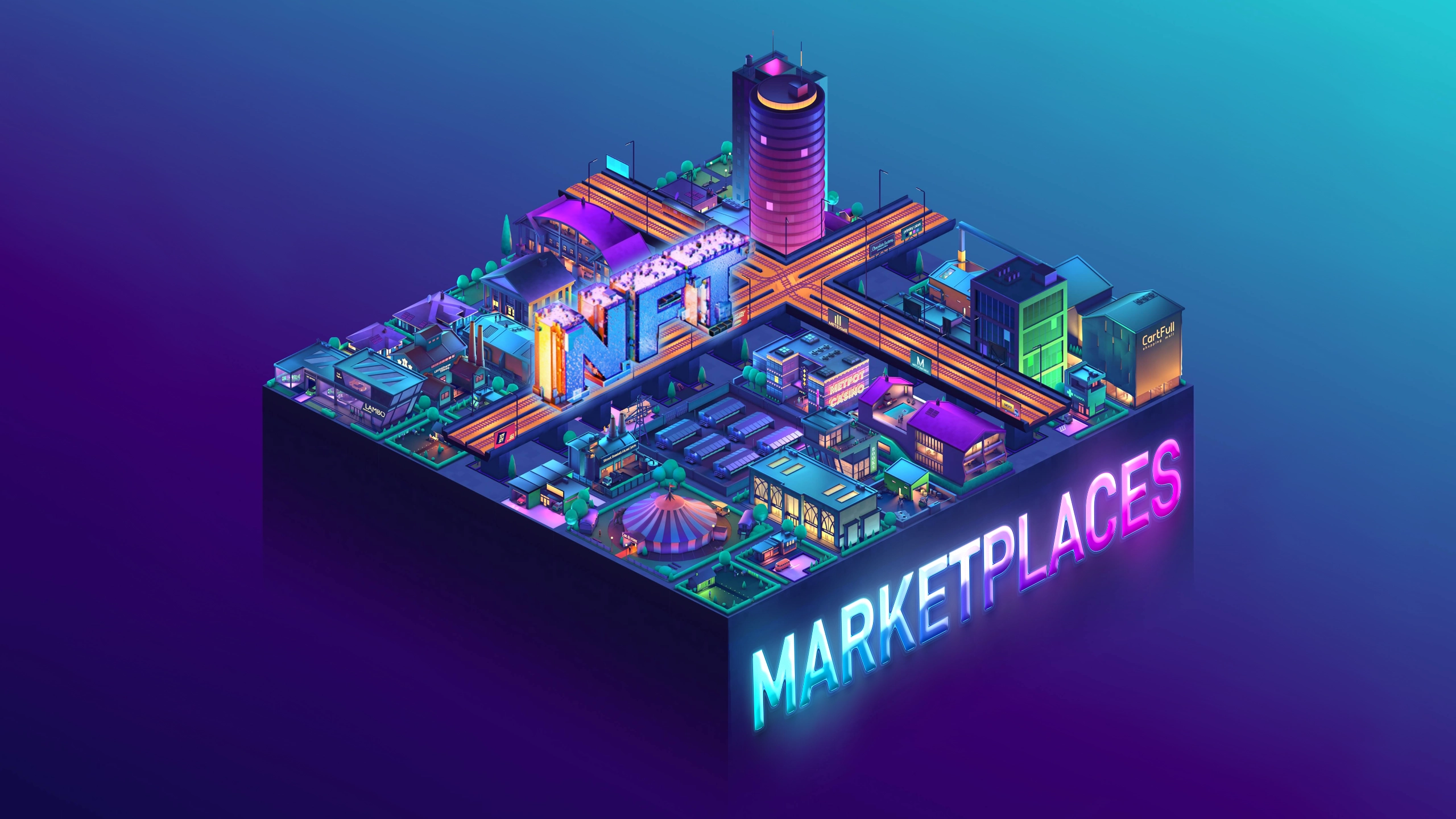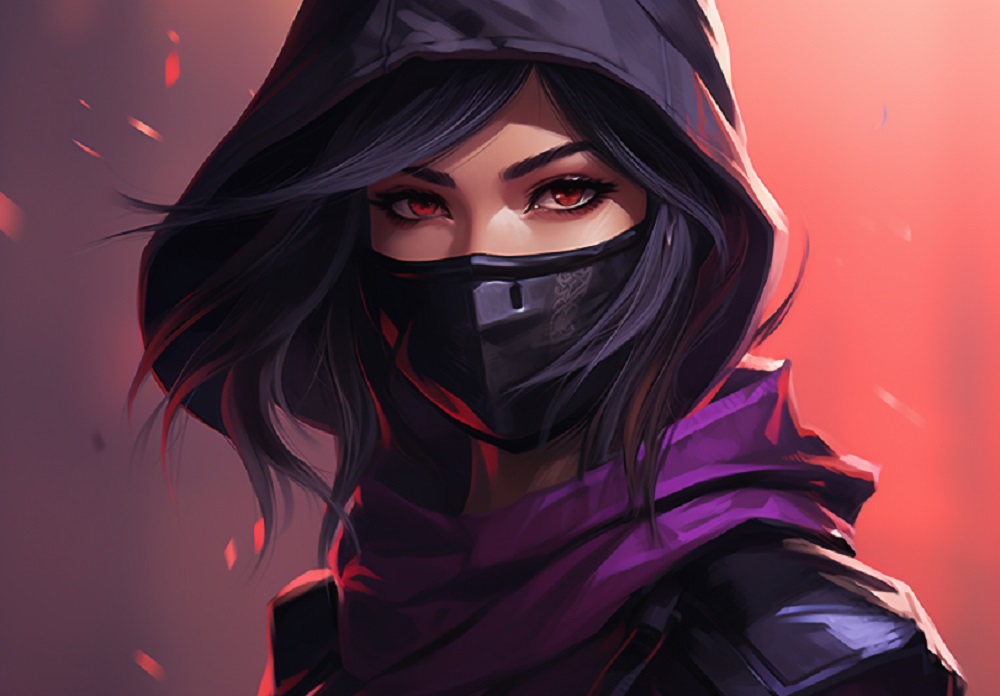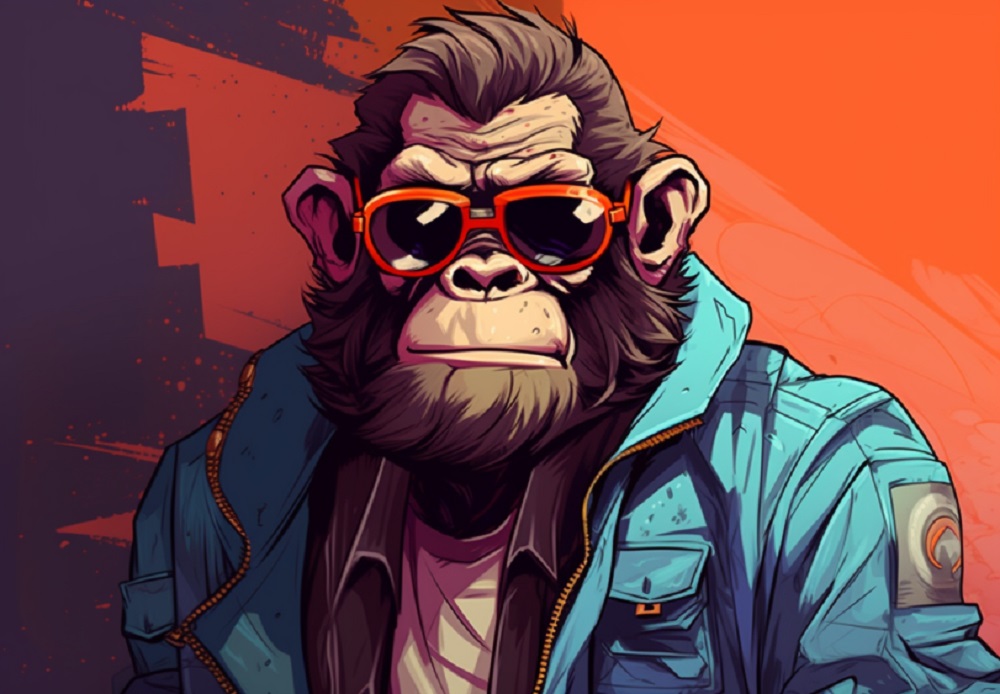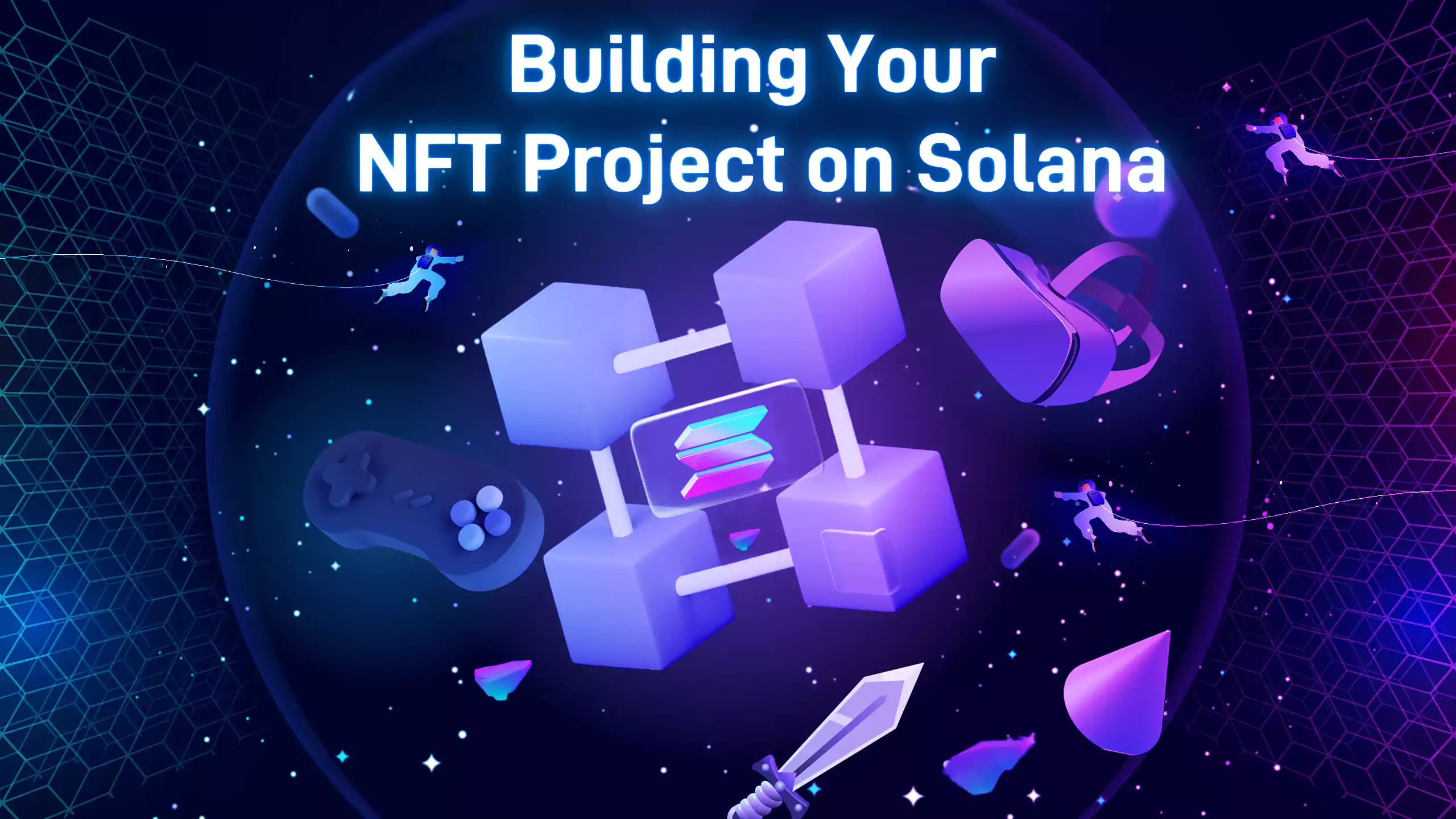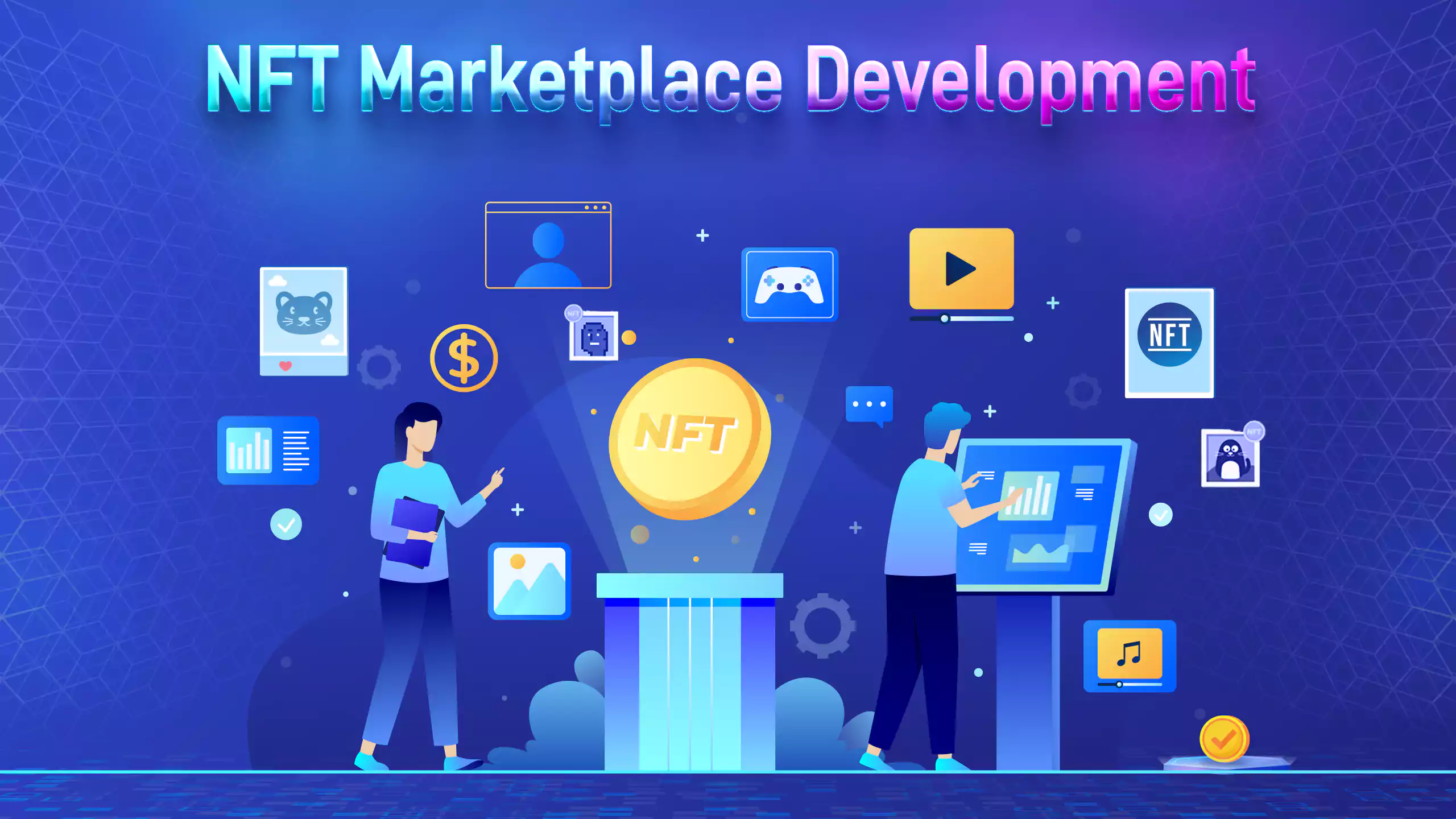When we need a good, we often search for a marketplace- an open square, a plaza, or even a bazaar- where our items of interest are publicly traded. The same is true when we wish to sell something ourselves.
Traditionally, artists go through two markets to sell their products. Initially, works are sold on the Primary Market. This is the immediate market that artists can reach after completing their artwork. The secondary market, however, represents where the artworks are resold afterward. This could be via private channels with dealers or at auctions.
The outcomes are typically acknowledged as transparent and objective because it is possible to watch the price formation during auctions. Thus, auctions are frequently regarded as the best bet for selling artworks. In this setting, a successful transaction involves securing a display space for auctioning at an event, transporting the artwork, and marketing to an audience with the right pockets.
Given that primary art consumers have long been art collectors who have attained a certain status level in society, the future of art in a technologically-driven world powered to magnify more value through automation and inventions has often been questioned. But can you imagine a decentralized and democratized marketplace where artists have direct access to consumers who are constantly in demand for their digital aesthetic products? In this case, the traditional art collector and intermediary domains are broken up so that more people can trade and have a better relationship with each other. This is made possible by innovatively utilizing technology.
NFTs
NFTs (Non-fungible tokens) are the inventive new technology for digital goods that enables the disruptive marketplace described above. In preserving the value of art, the uniqueness of Non-fungible tokens is their irreplaceable characteristic. Cryptocurrency, like every other currency, is fungible. They can be exchanged one for another, and the results would be precisely identical to each other. "Non-fungible" basically indicates that it is one-of-a-kind and cannot be substituted with anything else. In this way, NFTs are non-interchangeable cryptographic assets with unique identifying codes and metadata on the blockchain.
The blockchain acts as a distributed ledger that publicly records all transactions between investors, buyers, and traders. This is made possible by the thousands of connected computers worldwide that make endless calculations unanimously for transparency in verification. The 'T' in NFT represents a token or digital certificate of ownership given to the investor (or buyer) of an asset (an NFT). The process of creating an NFT is called minting. Because records on the blockchain are unalterable, art can be minted as tokens, which are used for trading with anybody across the world.
The NFT marketplace
NFTs are minted, displayed, stored, and traded on NFT marketplaces. Here, artists get direct and broader access to a pool of potential buyers and profit from every resale of their digital collectibles on the marketplace. This is due to smart contracts, and innovation on the blockchain that allows artists to get a share of income on every resale.
Marketplace Models
The most popular NFT marketplaces are universally oriented and collectible oriented. They account for about 60% of all sales.
The Single NFT type marketplace
These NFT marketplaces, as the name suggests, exclusively allow the trade of one sort of NFT. Usually, the preferred NFT traded on this marketplace is high-end digital art.
The Hybrid NFT type
These marketplaces allow buyers to construct personalized avatars according to their tastes, which are then sold as NFTs. Many organizations are integrating this model to provide users with digital experiences.
The Universal e-bay type
This is the most common marketplace type. These markets focus on peer-to-peer (P2P) trade, connecting buyers and sellers. Opensea and Rarible are good examples of this.
Popular NFT marketplace
OpenSEA
This is the most popular open marketplace. It is the "eBay" of NFTs and is the largest NFT marketplace in terms of offerings. One of the most effective methods for creating new NFTs is encouraging new creators and creating new items. The most diverse collection of digital assets can be found here. It also supports more than 150 different payment tokens.
Rarible
In terms of scope, it's comparable to Open Sea as it markets similar digital assets as Opensea-art, videos, collectibles, and music. However, it is one of the best marketplaces, driven by the community, and buying and selling are only done by utilizing the Rarible token. On Rarible, multiple NFTs and portfolios are included in the minting capabilities, which can offer creators royalties on future sales. Taco Bell, Yum! and Adobe are just a few prominent brands that call this place home. It is an open marketplace.
Mintable
This is another open marketplace. It is acknowledged as the "Etsy" of NFT marketplaces and has widespread access to creators of all types, including photographers and musicians. The minting process is also easy to do as the platform is simple to use.
SuperRare
This is an example of a "curated marketplace." It is similar to Rarible, but has an art gallery vibe as it only allows for curated high-end art. Art, films, and 3D graphics can be found on the site as NFTs. The platform has also released its token, and its NFTs can be purchased and sold on OpenSea in the same way that Rarible NFTs can.
Axie Infinity
This marketplace is a type of Games Marketplace. Here, the assets of the Axie Infinity online gaming platform can be minted, bought, and sold. In addition, Axie Infinity tokens are available for purchase and sale on a number of different NFT marketplaces and cryptocurrency exchanges. The platform is said to have a market valuation of more than a billion dollars.
Minting on an NFT marketplace
Create and connect your wallet.
First, you must open a crypto wallet and then connect it to the NFT marketplace. The most popular wallets are MetaMask and Coinbase.
To get started with OpenSea, go to the top right corner and click the wallet icon or the "Create" button. Other marketplaces will ask you to connect your wallet and make a profile in the same way.
Create your NFT
The next step is to select the "Create" button in the upper right corner of the marketplace's home page. And then, you may submit a digital file (your preferred item for sale) and name your NFT. A description of your work and an external link to extra information (such as your website) can also be included here. You may also select the blockchain on which your NFT will be built. NFTs typically run on the Ethereum blockchain, so this could be an option, or the Ethereum-based protocol, Polygon.
At this stage, you can set the percentage of income you wish to have if your NFT gets resold.
Fund your wallet
Gas fees must be paid for this transaction to be recorded on the blockchain. Gas fees are paid by users so that they can pay for the computer power that is needed to process and verify transactions on the Ethereum blockchain.
Purchase and deposit some crypto into your wallet (preferably Ethereum). This crypto is required to be transferred from your wallet to your preferred NFT marketplace. This completes the setting up process.
List your item for sale
At this stage, you're just about good to go. But first, you must put up the specifics of your transaction. Then, within your NFT's description page, click the "Sell" button in the upper right corner. Then, you can choose between a fixed price and a timed auction based on your favorite cryptocurrency.
From the second step, you have already set the royalty distributions to earn passive income from your work overtime on Opensea. Other marketplaces may allow you to do so at this stage. The marketplace will also disclose any associated selling costs. Then select "Complete listing." The marketplace will calculate gas fees based on the activity level of the cryptocurrency network at the time, and you can pay from your crypto wallet. As soon as you pay the gas fees and agree to all the final terms, your NFT will be put on the market for sale.
Conclusion
NFT marketplaces provide decentralized ecosystems that facilitate trust for artists, enable their visibility, and increase the value of their offerings. This special value promotion as an added advantage of selling on a marketplace spins from its inherent ability to encourage community-building towards NFT promotion. Community building is essential for positive action. Today, many NFTs add special utilities such as climate action in their value creation. Therefore, the NFT marketplace has the potential to change the world positively, one step at a time.

